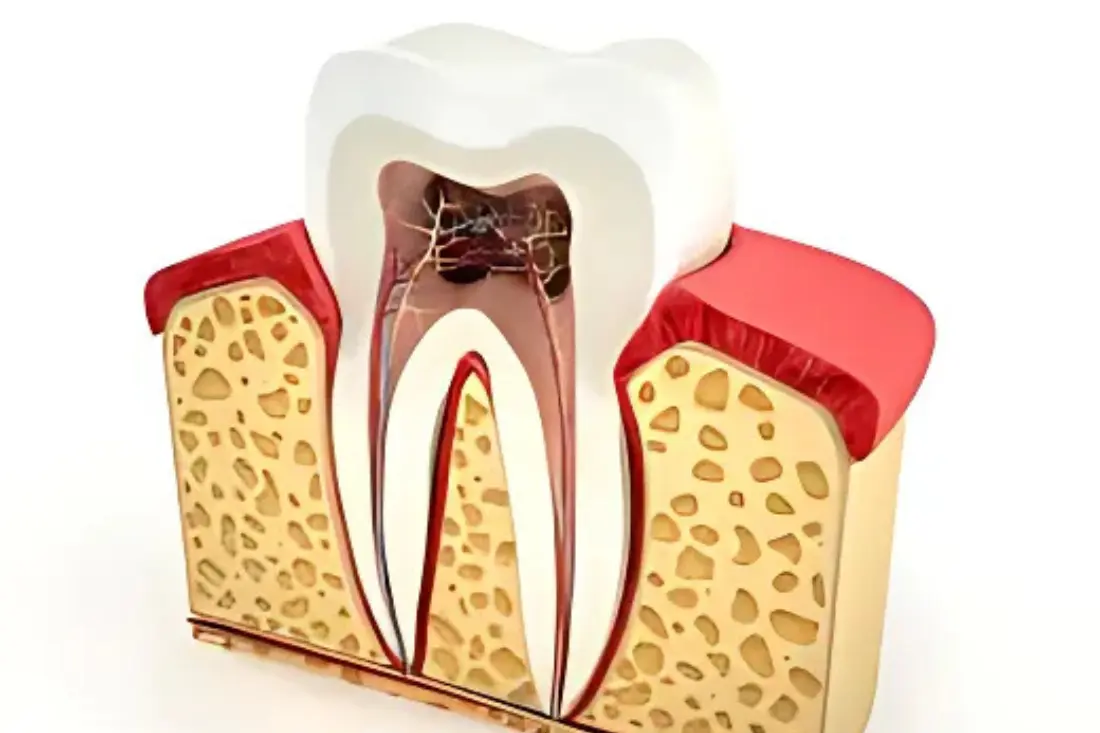Frequently Asked Questions
Can a tooth that has undergone a pulpotomy still get cavities?
Yes, it is still possible for a tooth to develop cavities after a pulpotomy. Maintaining proper oral hygiene and regular dental check-ups are crucial to prevent further decay and ensure the longevity of the treated tooth.
Does a pulpotomy hurt?
No, the procedure is performed under local anesthesia, making it pain-free. Your child might feel slight pressure, but no pain.
How long does a pulpotomy take?
The procedure typically takes about 30 to 45 minutes to complete.
What should my child expect after a pulpotomy?
Some mild discomfort or sensitivity is normal but usually subsides within a few days. Over-the-counter pain relievers can manage any discomfort.










